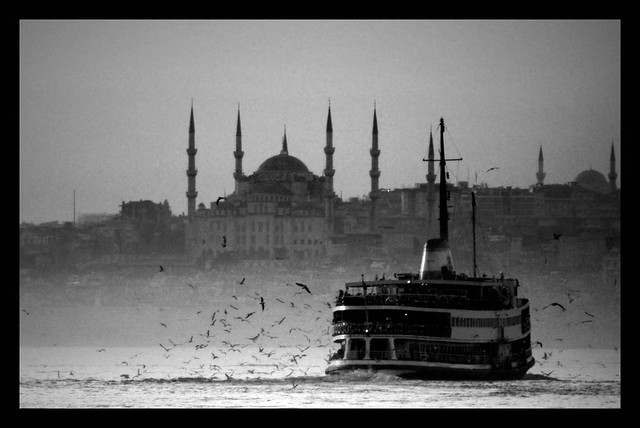Istanbul has been described as a city on the edge, of Europe, of modernization, of fundamentalism, of the future. But it would be more accurate to describe it as a city in between: split between Europe and Asia, modernization and tradition, poverty and wealth, an industrial and post-industrial ethos and financial system, secularism and spirituality, past, present and future. It also spans one of the largest and most active tectonic plates on earth, between the Eurasian and Anatolian plates. This interstitial condition is most legible in the physical layers of city growth, clearly documented, in the modern period, in an incremental series of urban plans that convey the social, cultural and religious values of its inhabitants. Istanbul has a unique Eurasian character due its location on two continents; the western side of Istanbul is in Europe, while the eastern side is in Asia. However, there are lots of arguments regarding the western influence in architecture, the consumption based projects around the city and the increase of gated communities in the European side, which have been invading the socio economic and the ethnic character in the city fabric. Today, Istanbul faces many challenges in its development process where global and regional influences compete with the needs and demands of diverse local groups (IMM, 2009).

More about Istanbul:
No comments:
Post a Comment